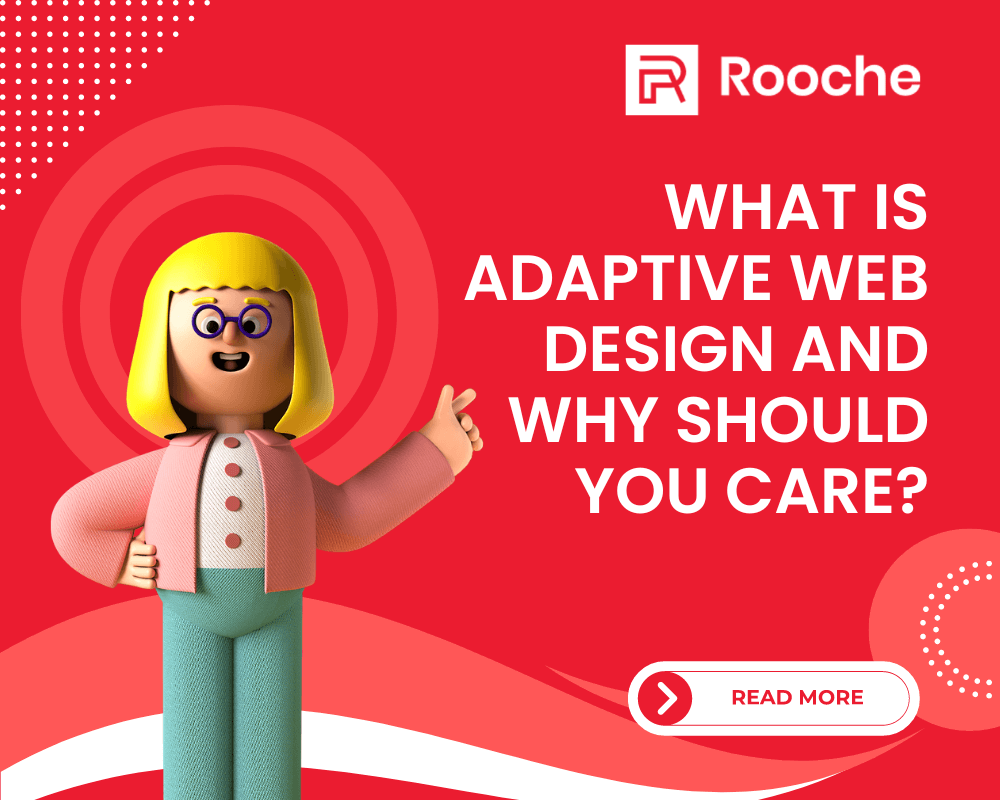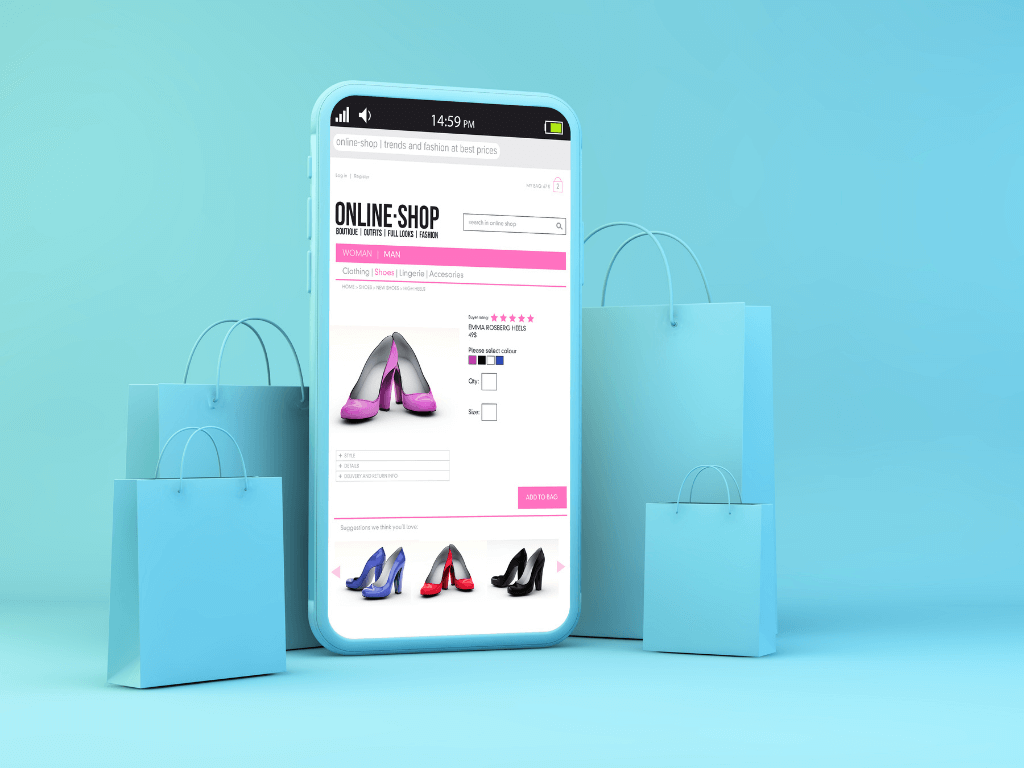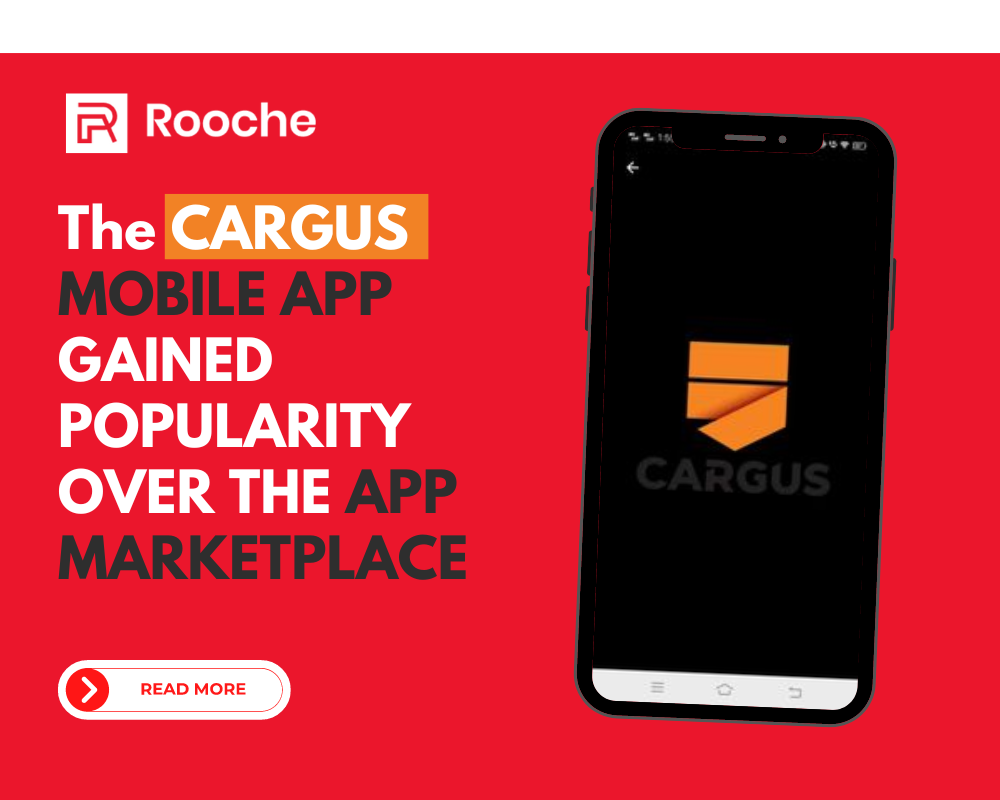4 Reasons You Shouldn’t Ignore Mobile Website Accessibility
Why does mobile website accessibility matter? If you think about it, the average person spends a lot of time on […]
Dec 8, 2022
Dec 8, 2022

Have you ever used a website on your phone, only to have to scroll horizontally to see everything? Or maybe the text is too small, and you have to zoom in. Or worse—perhaps you can’t even find what you’re looking for at all.
This is because the website wasn’t optimized for mobile viewing.
Part of being a web designer or developer is ensuring that your website can be viewed well on any device. It’s called “adaptive” because the website adapts to whatever screen size it’s being displayed on.
Adaptive web design (AWD) is a way of designing websites that gives the user the best experience possible. Regardless of whether they’re on a desktop, mobile phone, or even smartwatch.
The focus of AWD is to create multiple versions of the same website, each optimized for different screen sizes. The site “adapts” to the device it’s being viewed on, rather than presenting the viewer with a single version that isn’t designed for the screen it’s being displayed on.
Adaptive web design and responsive website design are both methods of designing the layout of a website. It is to optimize it for different browser sizes and types. While they are similar in some ways, there are important differences between the two.
Adaptive web design uses what is called a “fluid layout.” This means that the width of your website’s elements will adjust to fit the screen width. The site page is broken up into columns that can be stacked or re-arranged depending on the width of the screen.
Responsive web design, on the other hand, uses what is called a static layout. This means that your website essentially remains the same no matter what screen size it is viewed on. The page is designed based on percentage widths rather than pixel widths, so it will conform to whatever browser size you’re using. In responsive web design, content is often hidden as necessary because there is not enough space in smaller browsers.
Adaptive web design is the best way to ensure an excellent user experience for everyone who visits your website. If you don’t adapt your design to the device, you run the risk of:
The most significant benefit of using Adaptive Web Design is creating a unique experience for any user, regardless of their device. If a user is on their phone and clicks through to your website, they will see content that has been optimized to be viewed on mobile devices.
This means you won’t have to sacrifice elements or distract users with things they don’t need to see. A good example is tiny text and links that are too close together and difficult to click on.
Another benefit is that it allows you to add features like menus and image galleries that work best when viewed on larger screens only, so users who visit your website from smaller screens won’t be distracted by these things either! This also makes it easier for users who have limited bandwidth. If they’re visiting over cellular data instead of WiFi connection points – as long as all content loads correctly, then there won’t be anything slowing down the page.
This is why you should consider using Adaptive web design. Using the adaptive method, make sure that your website adapts to the client’s browser while making sure it loads quickly and efficiently. It will help to lessen your bounce rate score.
The only downside of adaptive web design is the cost. Adaptive sites can be more time-consuming to build. It means you might have to pay out a little more money due to the extra hours put into development. In addition, there can be some additional costs for mobile-specific designs.
However, in the long run, the pros outweigh the cons. Your site’s increased value and brand, combined with greater reach and user satisfaction, make adaptive web design worth the investment.
If you don’t have an adaptive site, you’re losing out on opportunities. You lose your chance to connect with customers who are sitting right in front of you—or at least right there on their phones. And, the other way around. If your site is adaptive and your competitors aren’t, then guess who’s going to get those customers?
Don’t let people miss out on what you have to offer just because your website isn’t built for today’s world. Reach out to us today and let us help you get started!

Why does mobile website accessibility matter? If you think about it, the average person spends a lot of time on […]
Dec 8, 2022

In mobile app development, User Interface (UI) and User Experience (UX) design serve as the cornerstone for a successful and […]
Oct 12, 2023

The Cargus Mobile App gained popularity over the App Marketplace with over 300,000 downloads. Furthermore the mobile app monthly sales […]
Dec 8, 2022
Join our newsletter and be the first to receive future promo and sale updates from Rooche!